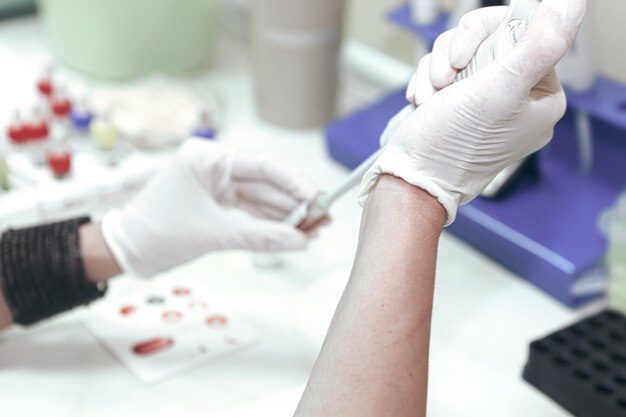How to Become a Phlebotomist: Degrees, Certifications, and Licenses
Embarking on a career in phlebotomy can be a rewarding choice for individuals interested in healthcare but looking for a role that doesn't require a four-year degree. Phlebotomists are vital to clinical laboratories and healthcare facilities, known for their expertise in drawing blood and preparing it for testing. While formal education isn't strictly required, completing a phlebotomy training program is highly recommended. Many community colleges and vocational schools offer programs that include both classroom instruction and hands-on practice. These programs typically last from a few weeks to a few months, providing in-depth knowledge of anatomy, safety protocols, and blood collection techniques.
In addition to training, obtaining certification can significantly enhance job prospects. Organizations such as the American Society for Clinical Pathology (ASCP), National Healthcareer Association (NHA), and American Medical Technologists (AMT) offer recognized certifications that demonstrate a commitment to professional standards. While certification may be optional in some states, it can make candidates more competitive in the job market and may be preferred by employers. Investing in a recognized certification helps establish credibility and proficiency in the field, providing a solid foundation for a successful career in phlebotomy.
Key Steps to Becoming a Phlebotomist
- 📚 Complete a Phlebotomy Training Program: Offered by community colleges and vocational schools.
- 🏆 Obtain Certification: Consider organizations like ASCP, NHA, or AMT.
- 💼 Licensing (if required): Check if your state mandates a specific phlebotomy license.
- 🏥 Gain Experience: Many programs include clinical externships or internships.
Embracing the path of a phlebotomist starts with the right education and credentials, setting the stage for a fulfilling and stable healthcare career.

Related Topics
- Becoming Dental Hygienist
- Becoming A Phlebotomist
- Dental Hygienist Duration
- Dialysis Tech Timeline
- Dialysis Technician Timeline
- Flight Paramedic Duration
- Hygienist Timeline
- Become Lab Tech
- Mammography Tech Timeline
- MRI Technologist Duration
- Nurse Technician Timeline
- Pathologist Assistant Timeline
- Pediatric Sonographer Timeline
- Pharm Tech Timeline
- Pharmacy Technician Timeline